Our essential question is: “How can we make an art related product for Tim Mepham to help him get back on doing art?”
This will be helpful for me and my group because it will help us understand the situation and specially his condition much better to come up with more creative ideas.
First i’d like to explain and understand what Huntington’s disease is and how does it affect the people who have this disease like Tim.
Huntington’s disease is an inherited disease that causes the progressive breakdown (degeneration) of nerve cells in the brain . Huntington’s disease has a broad impact on a person’s functional abilities and usually results in movement, thinking (cognitive), and psychiatric disorders.
most people with Huntington’s disease develop signs and symptoms in their 30’s or 40’s but the disease may emerge earlier or later in life.
Huntington’s disease usually causes movement, cognitive and psychiatric disorders with a wide spectrum of signs and symptoms. Which symptoms appear first varies greatly among affected people. During the course of the disease, some disorders appear to be more dominant or have a greater effect on functional ability.
The movement disorders associated with Huntington’s disease can include both involuntary movement problems and impairments in voluntary movements, such as:
- Involuntary jerking or writhing movements (chorea)
- Muscle problems, such as rigidity or muscle contracture (dystonia)
- Slow or abnormal eye movements
- Impaired gait, posture and balance
- Difficulty with the physical production of speech or swallowing
Impairments in voluntary movements — rather than the involuntary movements — may have a greater impact on a person’s ability to work, perform daily activities, communicate and remain independent.
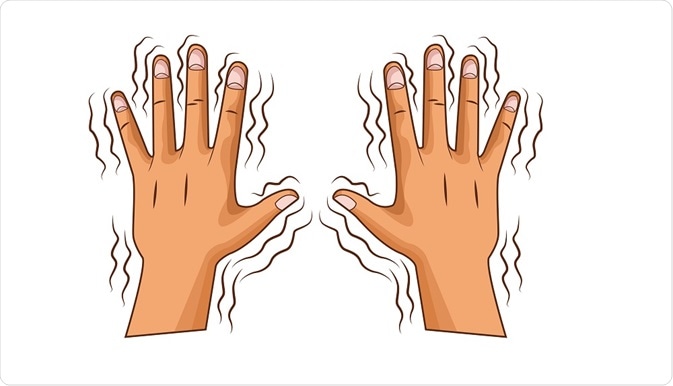
Tim will have a hard time to draw again since he can’t control his movements.

this is one of the symptoms of Huntington’s disease. The image on the right shows information and how it looks like.
link of the website where I searched about Huntington’s disease:
informational text about Huntington’s Disease
for a quick video information about Huntington’s disease, here’s a few:
Our group needs to understand on how it affects their arm, wrist and hand movements to fully understand on how he’s going to position his arms while drawing and/or to find a comfortable spot for him to put our invention that will serve him as a grip.
Also, different art material designs for disabled people to analyze the structure to get inspiration for our group’s invention.
inspirational Ideas on how the model looks like and on how it works:
Summary:
about the disease:
- develop signs and symptoms in their 30’s or 40’s
- when the disease develops before age 20, the condition is called juvenile Huntington’s Disease
- Huntington’s disease usually causes movement, cognitive and psychiatric disorders with a wide spectrum of signs and symptoms
- The movement disorders associated with Huntington’s disease can include both involuntary movement problems and impairments in voluntary movements
- Impairments in voluntary movements rather than the involuntary movements may have a greater impact on a person’s ability to work, perform daily activities, communicate and remain independent.
about the model:
we need to put a pencil grip to avoid writers callus or pain when he’s drawing for too long.
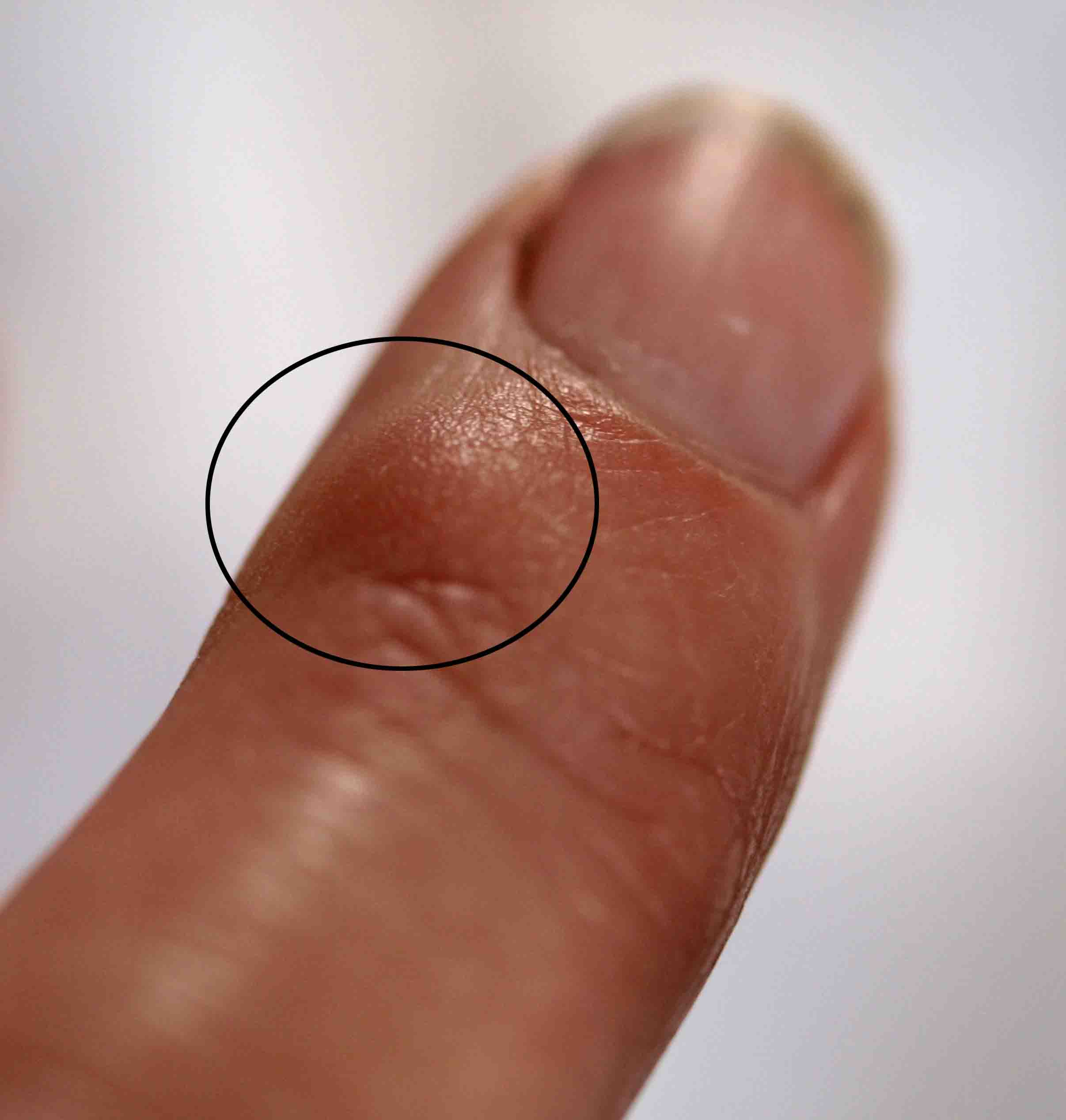
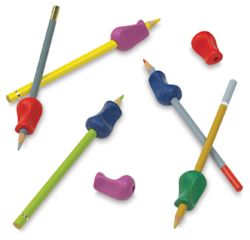
if we have a pencil grip, we might as well have a grip pencil
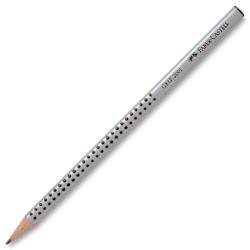
Critical Questions
- What is Huntington’s disease and their cause and symptoms?
- Why and how does Huntington’s disease affect the muscle movements
- Art materials for disabled people
- different types of pencil grasp (this is also crucial since we need to know the way he positions his pencil)
- how to make an invention? (this gives me an idea on where to start, this helps me feel less overwhelm)
What new tools did I use in this project?
-
I used Tinkercad and creative commons for the first time for this project. Creative commons is pretty interesting because its an organization that works to increase the amount of creativity. I find it very educational and useful. For Tinkercad I’m very curious to see how it works and i’m looking forward to make my very own product.
How did I verify the cites and information I found
- The way that I chose the sites for this project is based on the author that’s a doctor for example or any medical based websites. I usually looked for 2 or 3 websites to confirm.
Show your research in a works cited
“What Is Huntington’s Disease?” YouTube, Huntington’s Disease Society of America, 8 Apr. 2015, https://youtu.be/DU_xkl-DO-Q.
Huntington Disease- Causes, Symptoms, Diagnosis, Treatment and Pathology, Osmosis, 7 May 2019, https://youtu.be/nJoS5MOqmH4.
“Adaptive and Easy-Grip Drawing Tools.” Adaptive and Easy-Grip Drawing Tools | BLICK Art Materials, Dickblick, https://www.dickblick.com/categories/studio/adaptive-art-supplies/drawing/.
https://www.news-medical.net/health/Types-of-movement-disorders.aspx
Writers’ Bumps: An Endangered Condition?
epainassist.com/movement-disorders/chorea
How did the process of completing this challenge go? What could you have done better?
I was confused at first since I missed the time when our class have a chance to call Tim Mepham and get to listen at Tim’s own problems having this disease. It became more clear since I asked around about how everything is going with Tim and did a research independently to catch up. I could’ve asked more information to my classmates about his struggles to learn more about him.

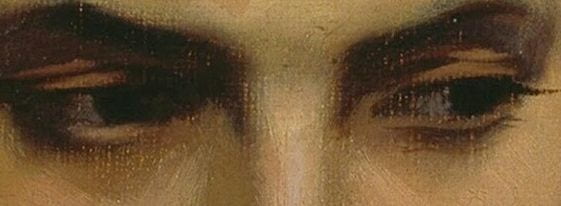
I think you did a good job researching Huntington’s disease. And I am excited that you are working on something to help Tim. I am eager to see how your innovation develops. Keep on working at building your device. This kind of assistive technology is so crucial to improve Tim’s lifestyle. I am very proud of the work you are doing to support Tim. What do you have to do next to create your device?